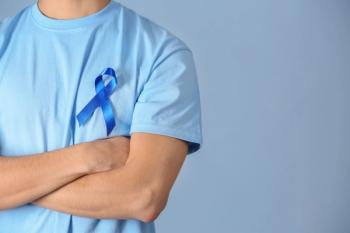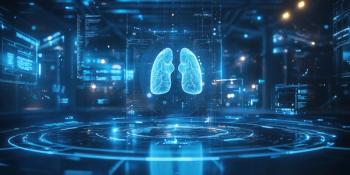
History of Abuse Linked to More Severe Migraine Sensory Symptoms
Results from a questionnaire-based study indicated an association between a history of abuse and increased sensory hypersensitivity symptoms among migraineurs.
A history of abuse is associated with greater
Previous research has shown psychiatric comorbidities such as
Notably, one 2020
Because individuals with high-attachment anxiety are prone to experience many interpersonal interactions as a source of distress, the researchers hypothesized being daily under stress may be a factor in the onset of migraine, triggering some attacks.
In the current study, researchers sought to assess the associations between a history of emotion, physical, and sexual abuse with severity of hypersensitivity symptoms in migraineurs, by having over 1000 adult migraineurs fill out multiple questionnaires.
A total of 1020 participants from the American Registry for Migraine Research completed the Generalized Anxiety Disorder-7, Patient Health Questionnaire-2 for depression, Photosensitivity Assessment Questionnaire, Hyperacusis Questionnaire, and Allodynia Symptom Checklist.
Thirty Six percent of patients self-reported a history of abuse (n = 365) while T-tests compared scores between cohorts with and without a history of abuse. Analyses revealed “abuse was associated with greater headache frequency (P = .019), anxiety (P <.001), depression (P <.001), photophobia (P <.001), hyperacusis (P <.001), ictal allodynia (P <.001), and interictal allodynia (P = .001).”
Analyses adjusted for age, gender, and headache frequency showed:
- Abuse was significantly associated with photophobia (B = 0.111; P <.001), hyperacusis (B = 4.328; P <.001), ictal allodynia (B = 0.125; P <.001), and interictal allodynia (B = 0.109; P=.002)
- Anxiety significantly mediated the relationships between abuse with photophobia (indirect mediated effect [IE] = 0.027; 95% CI, 0.015-0.041), hyperacusis (IE = 1.256; 95% CI, 0.828-1.752), and ictal allodynia (IE = 0.015; 95% CI, 0.002-0.028)
- Depression significantly mediated the relationship between abuse with photophobia (IE = 0.026; 95% CI, 0.015-0.040), hyperacusis (IE = 1.057; 95% CI, 0.662-1.514), and ictal allodynia (IE = 0.019; 95% CI, 0.007-0.032).
Future research into the pathophysiological mechanisms underlying the associations seen between abuse, psychiatric comorbidities, and migraine symptoms is needed, the researchers wrote. More studies “could lead to interventions that reduce the negative impact of abuse on the expressions and severity of migraine symptoms,” they concluded.
Reference:
Trivedi M, Dumkrieger G, Chong C, Dodick D, Schwedt T. Impact of abuse on migraine symptoms and comorbidity: results from the American registry for migraine research (ARMR). Presented at American Academy of Neurology 73rd Annual Meeting; April 17-22, 2021; Virtual. Accessed April 12, 2021. https://index.mirasmart.com/AAN2021/PDFfiles/AAN2021-002187.html
Newsletter
Stay ahead of policy, cost, and value—subscribe to AJMC for expert insights at the intersection of clinical care and health economics.














































